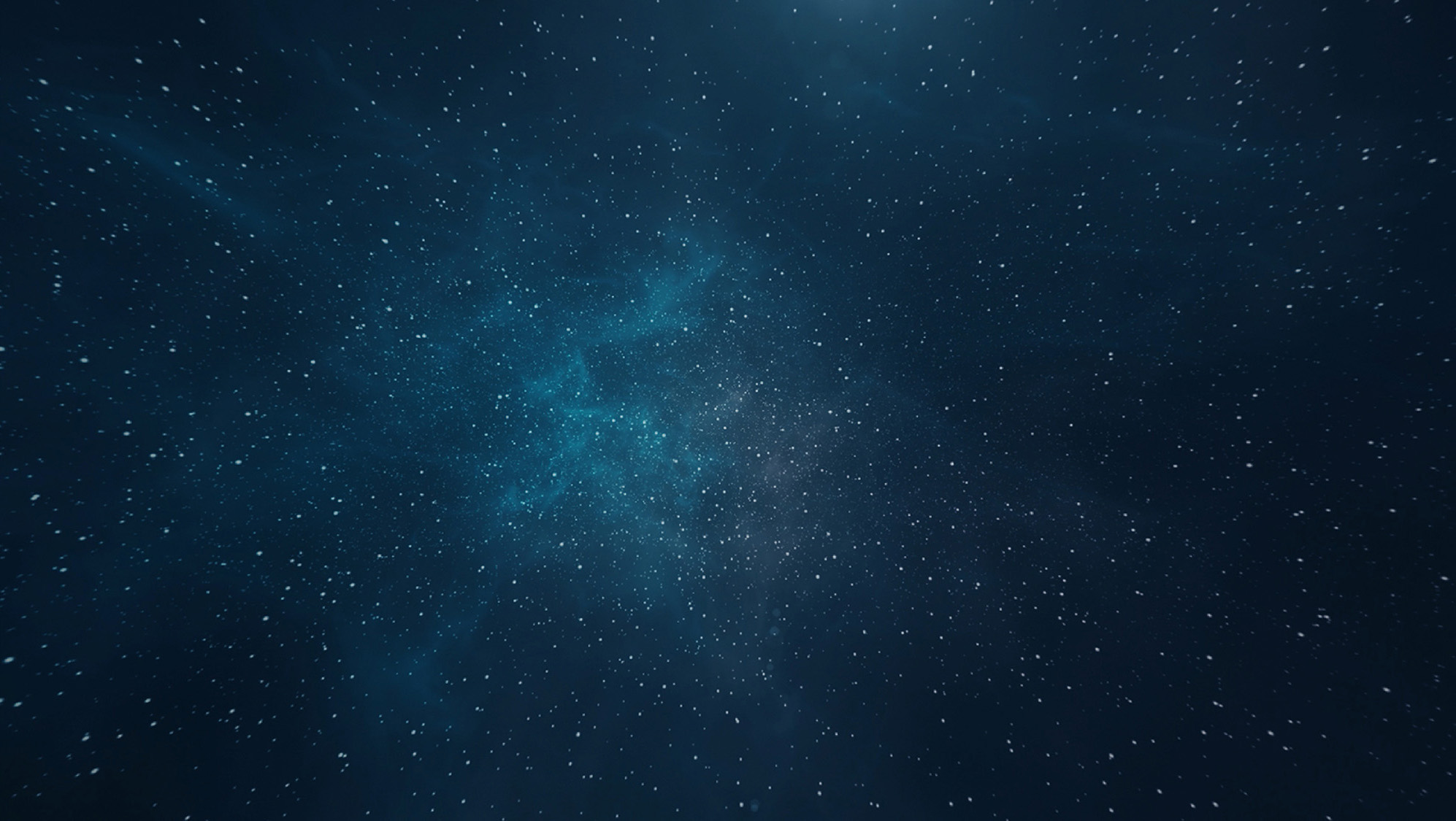European Technology Exposure Facility
The European Technology Exposure Facility, also known as EuTEF, was an external platform attached to the Columbus laboratory that hosted a set of eight scientific and technology payloads and one temperature unit. It was designed to allow easily changing samples that required exposure to open space environment.
It was built to expose samples of all kinds to the space environment in order to study the long-term effects of radiation, debris, micrometeoroids and ionised gas on materials and living organisms.

The facility provided a fully automated, programmable platform for multiple researchers at a time using a modular and flexible accommodation for several payloads. The payload weighed under 350 kg and required less than 450 W of power.
It was launched together with Columbus on the Space Shuttle flight STS-122 in February 2008 and mounted outside the Columbus module during a spacewalk. EuTEF returned to Earth in September 2009 aboard Space Shuttle Discovery on mission STS-128.
During the 18 months that EuTEF was in space, several experiments were continuously monitored and controlled from the Erasmus User Support and Operations Centre, in Noordwijk, The Netherlands.
Scientists analysed data collected during almost 9000 orbits of Earth at 350 km above our planet. A comprehensive list of the EuTEF's experiments and results can be found here.




